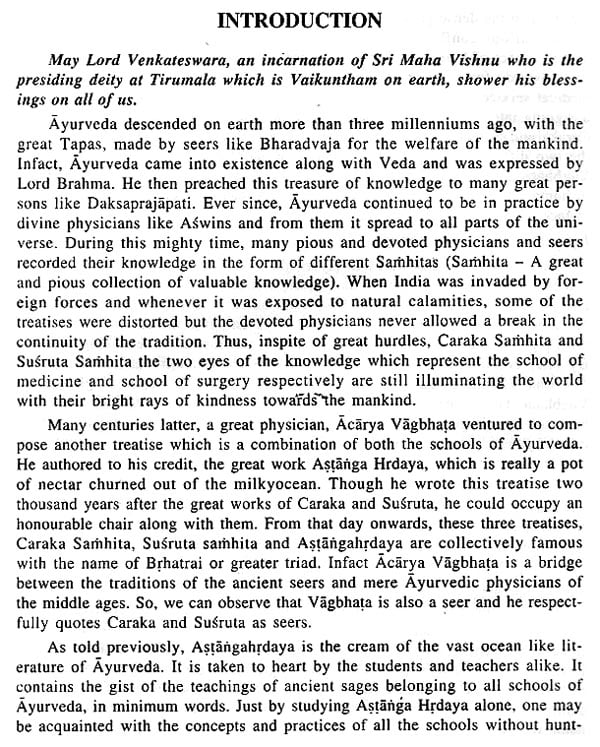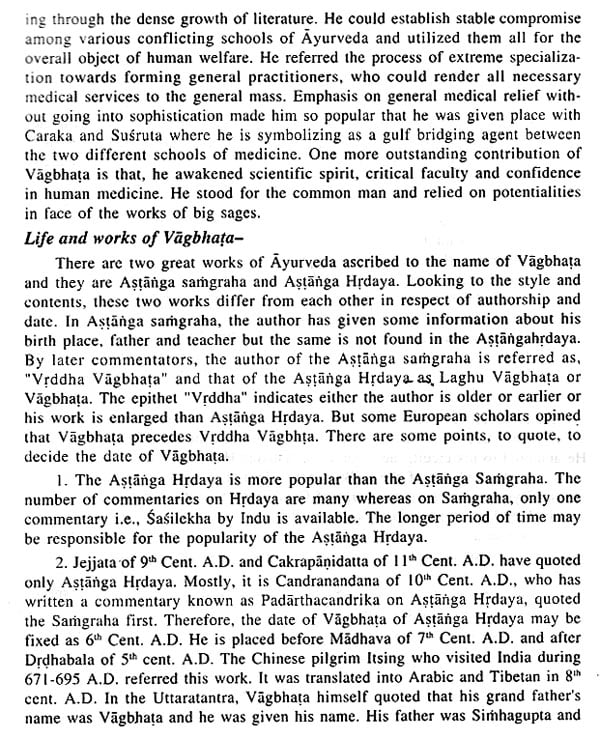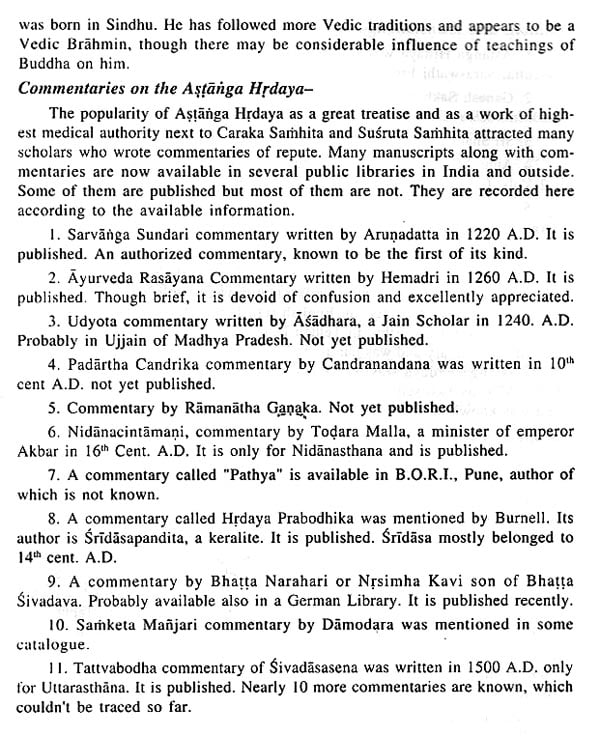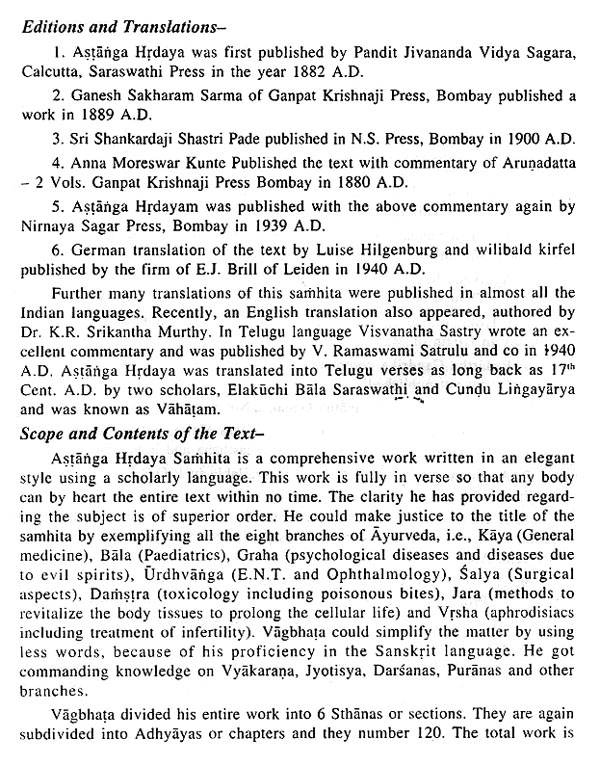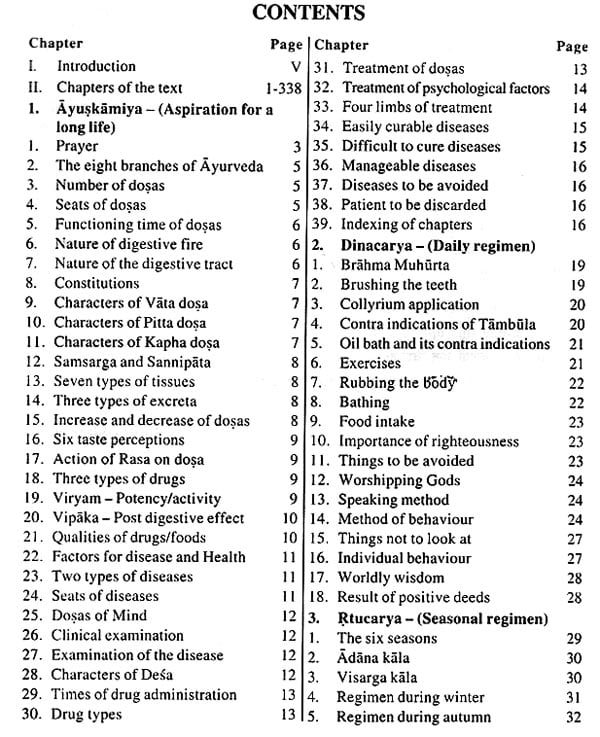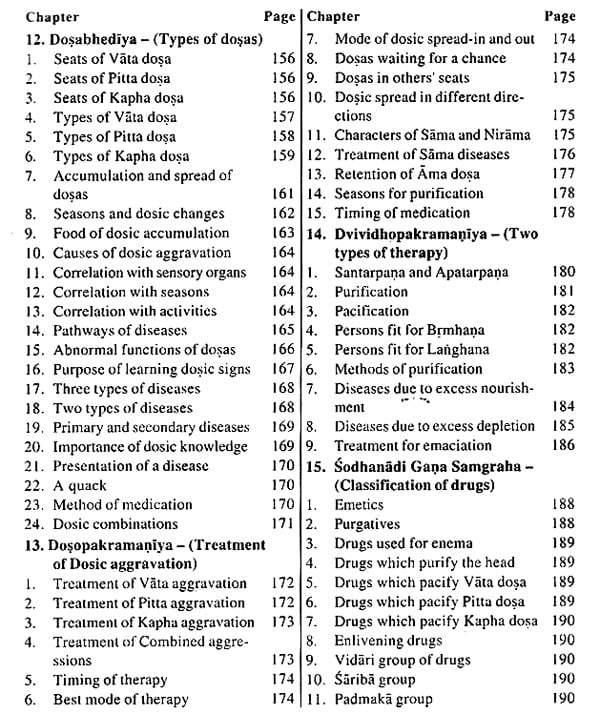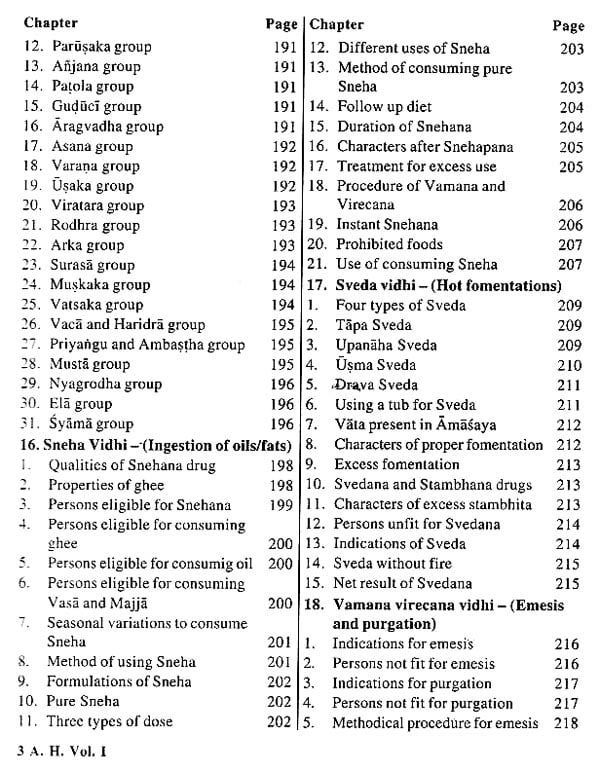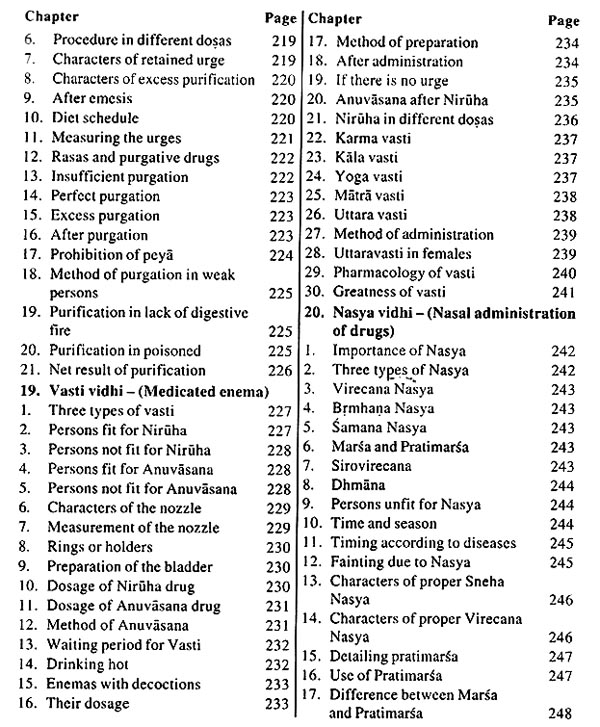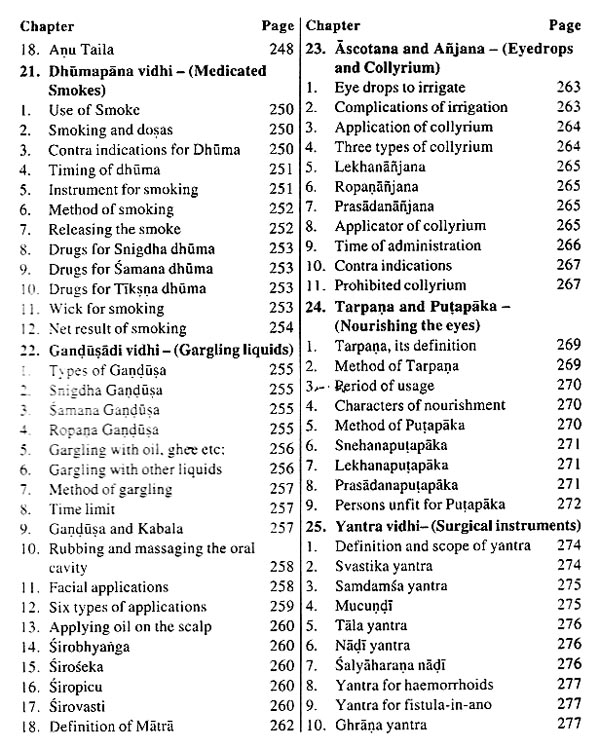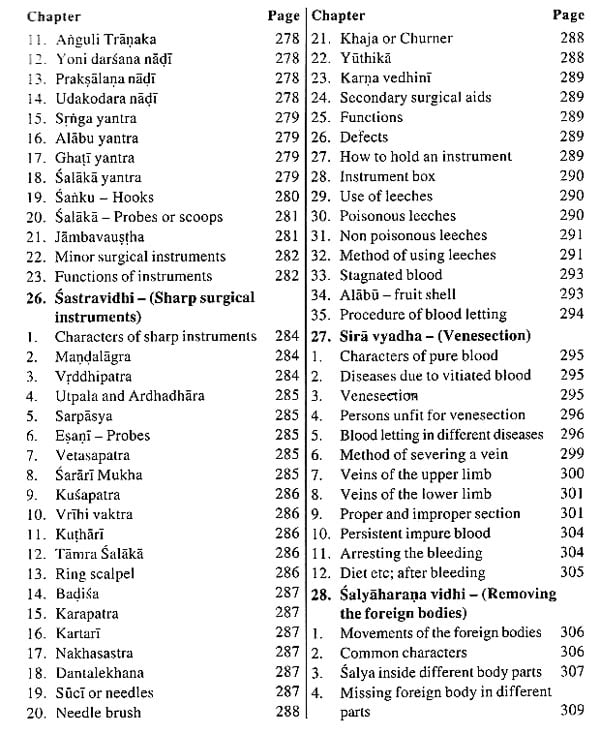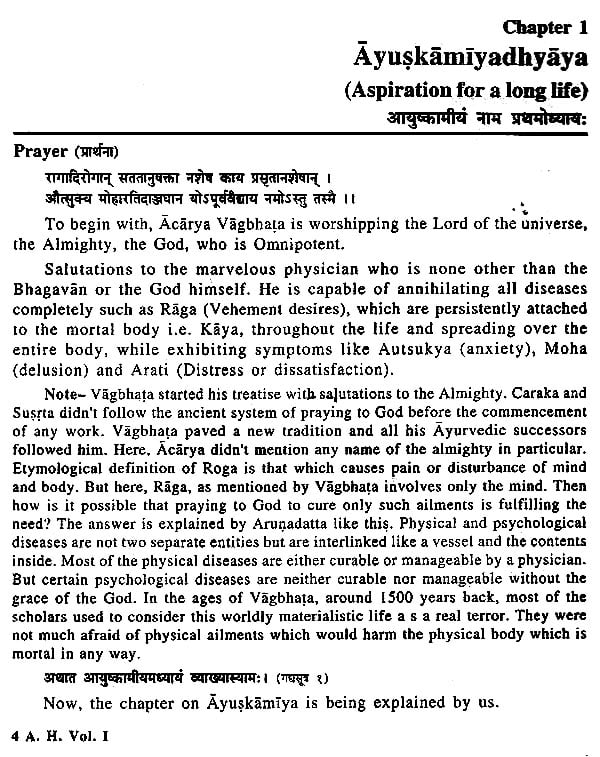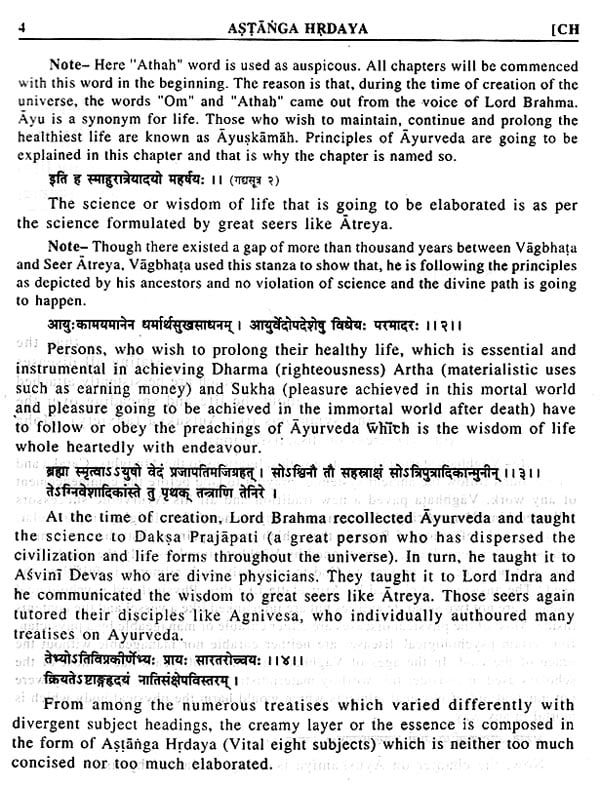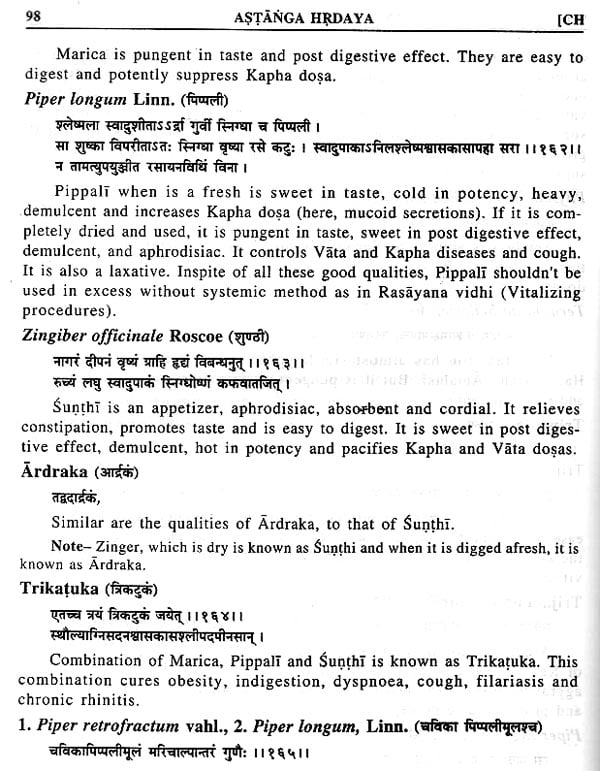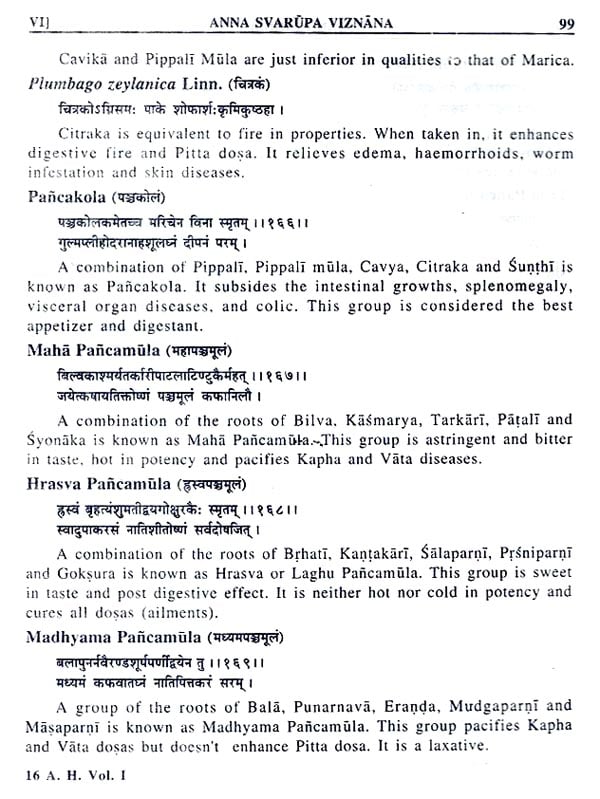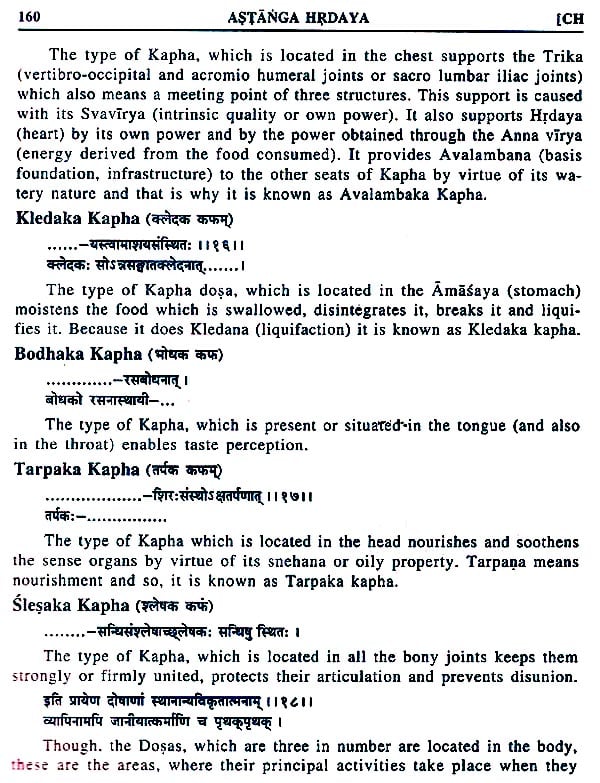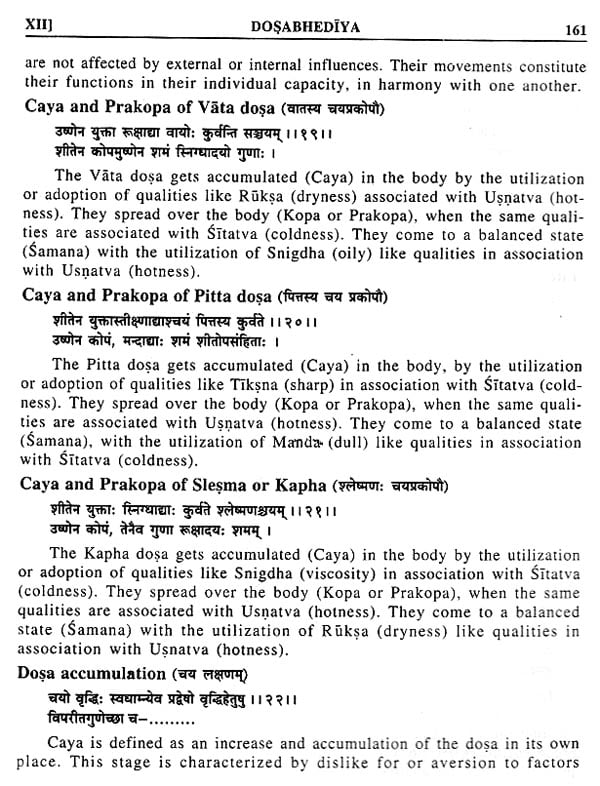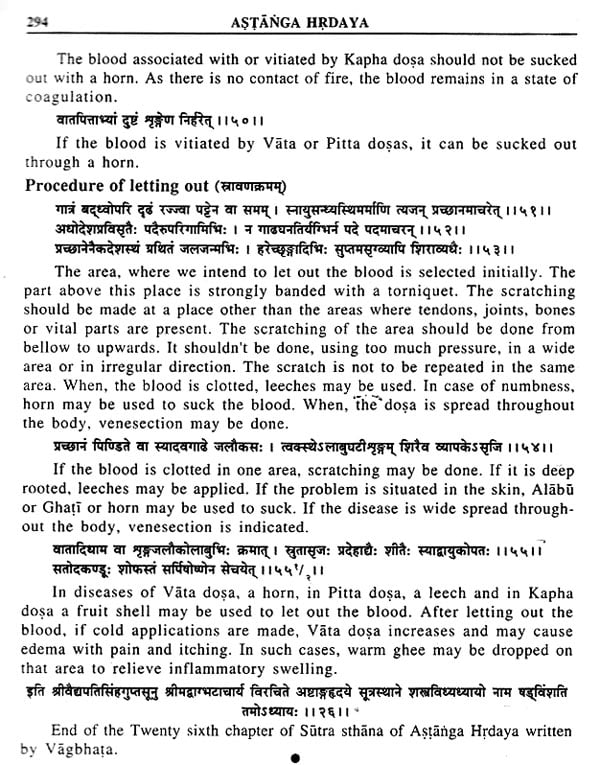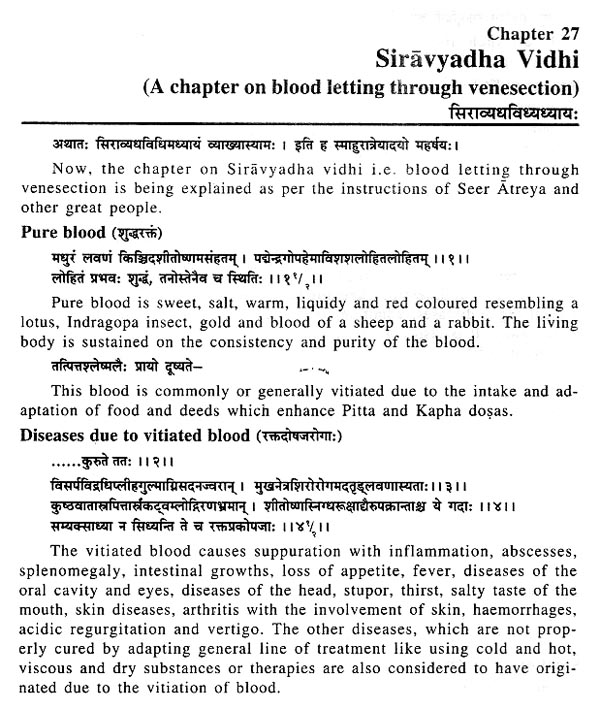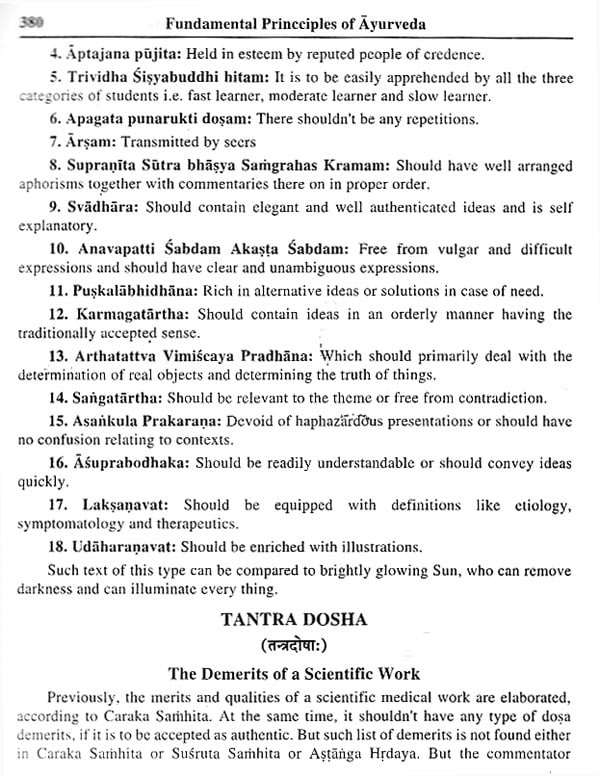
Astanga Hrdayam and Maulik Siddhant - Fundamental Principles of Ayurveda (Sutrasthana)
Book Specification
| Item Code: | NAV034 |
| Author: | Dr. Bulusu Sitaram |
| Publisher: | CHAUKHAMBHA ORIENTALIA, Varanasi |
| Language: | Sanskrit Text with English Translation |
| Edition: | 2017 |
| ISBN: | 9788176370639 |
| Pages: | 418 |
| Cover: | PAPERBACK |
| Other Details | 9.50 X 7.00 inch |
| Weight | 560 gm |
Book Description
ABOUT THE BOOK Astaitga Hrdaya is a land mark in the history of Ayurvedic Medieine. When there was a real need to record the previous works of Ayurveda in a comprehensive manner, Acarya Vagbhata could compile this great treatise, which occupied a place in the greater triad along with the sages Caraka and Sugruta. Vagbhata is a bridge between the traditions of the ancient seers and mere Ayurvedic physicians of the middle ages. Astanga Hrdaya is the cream of the vast ocean like literature of Ayurveda. It is taken to heart by the students and teachers alike.
It contains the gist of the teachings of ancient sages belonging to all schools of Ayurveda. in minimum words. Just by studying Astinga Hrdaya alone, one may be acquainted with the concepts and practices of all the schools without hunting through the dense growth of literature. He awakened scientific spirit, critical faculty and confidence in human medicine. There are nearly 20 known commentaries to this great treatise and is the most popular work of Ayurveda since its first publication. The present wok on this great treatise is a speciality work. It is a detailing work along with notes, appendices and indices. it is not a mere translation but in the form of note, explanation of the principles in common mans language is accomplished. At times, the gist of the verse is given and more information is added wherever there is a need. Commentaries of Hemadri and Arundatta arc followed strictly.
Though, this translation is faithful to the text, wherever the text is not clear, taking help from the commentary, some freedom is taken, to present the underlying context. In many instances, a coordinating solution is worked out. This is an informative and fundamental work useful for teachers, students and researchers. Difficult words and poetic language are intentionally avoided to make the work legible. This commentary will be widely welcomed by the students and practioners alike. A legible translation of the original text helps persons to understand the charm of Ayurveda in the years prior to foreign invasions.
Dr. Bulusu Sitaram is from a traditional Vedic Family from !navaIli, situated in the Godavari Delta, known as Konaseema in Andhra Pradesh. He is born at Kakinada in East Godavari District on 01.10.1959. His school education was at Kothapeta and completed his B.A.M.S. from Nagarjuna University in 1982 with a first class and first rank in the university. He completed M.D. (Ayurveda) from Banaras Hindu University, Varanasi in the year 1985 under the pioneer guidance of Prof. Krishnachandra Chunckar a living legend in the field of Dravyaguna and Prof. Rama Harsha Singh, the first Vice Chancellor of Rajasthan Ayurveda University. He completed his post graduation in Psychology from S.V.
University in 1999. He served as a Medical Officer for an year in a traditional Ayurvedic Hospital in Chennai. He joined as a lecturer in Sri Venkateswara Ayurvedic College, Tirupati in the year 1987, He is teaching the Samhitas and Dravyaguna for the last 20 years and gained vast experience. He is now serving as an assistant professor in the same institution and is also engaged in research work of Andhra Medical Flora and study of unpublished manuscripts. He received two gold medals from Nagaijuna University for his meritorious career. The author had opportunity to participate in many workshops and seminars at regional, national and international levels and presented several search papers. He published more than 10 papers in different journals. He authored a work on cultivation of medicinal plants. He also authored a commentary on Bhavaprakasa written by Bhavamisra in English, the first of its kind. He also published many popular articles in local news papers. His present field of interest is plants working on C.N.S. and study of manuscripts.
**Contents and Sample Pages**
